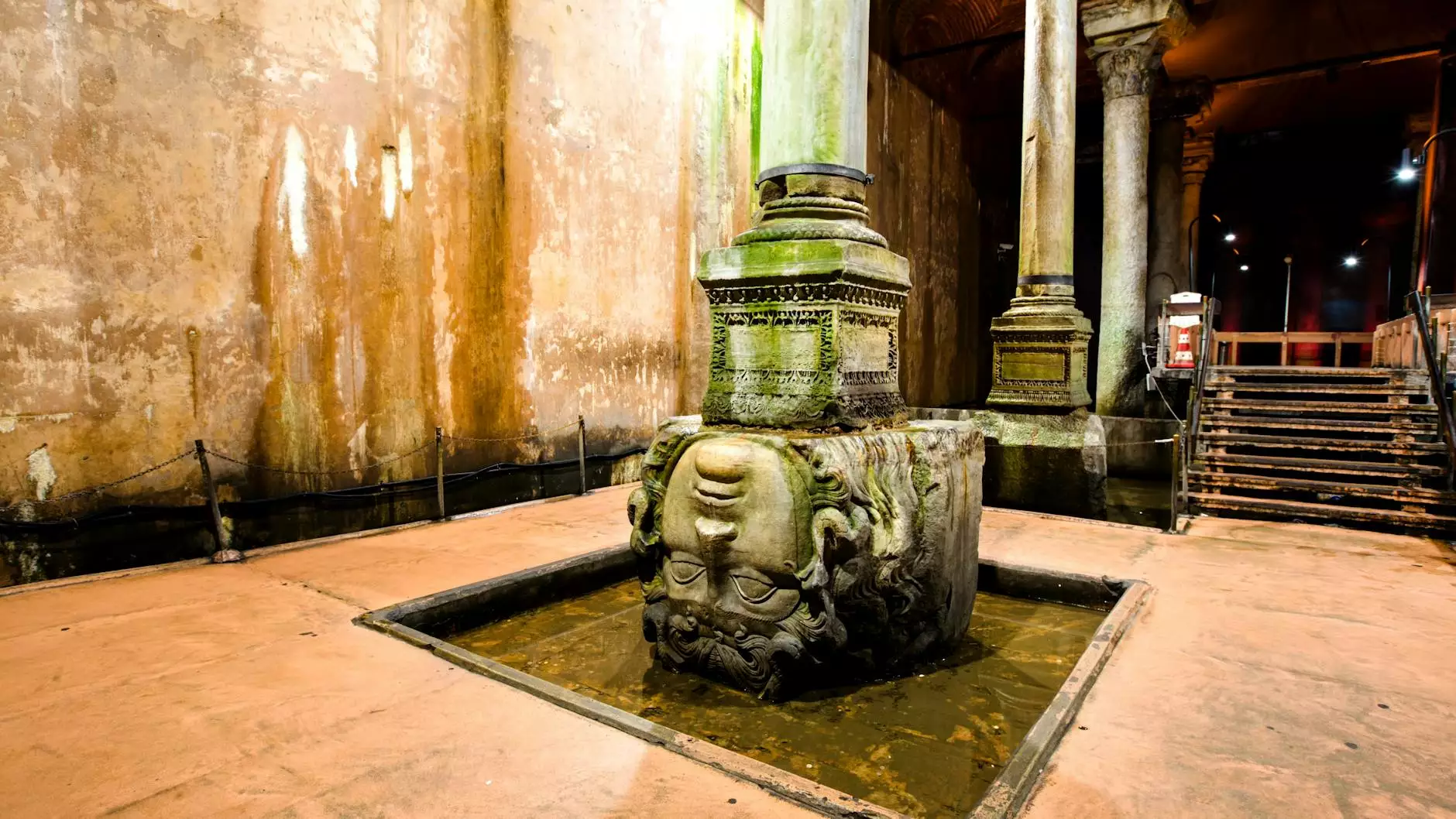Understanding Drinking Water Cistern Systems

When it comes to ensuring a steady supply of clean, safe drinking water, many households and businesses turn to drinking water cistern systems. These systems provide a reliable solution for storing and distributing water, especially in areas where conventional water supply systems may fall short. In this guide, we will delve into the various aspects of these systems, including their construction, benefits, installation processes, and maintenance procedures.
What is a Drinking Water Cistern System?
A drinking water cistern system is an underground or above-ground tank designed to store potable water for residential or commercial use. Unlike wells that extract water directly from the ground, cisterns collect and store water from various sources including:
- Rainwater Harvesting: Collecting and storing rainwater for later use.
- Well Water: Storing water that is drawn from a private well.
- Municipal Water Supply: Reserving water from local water systems, often used in rural areas.
The stored water can then be used for drinking, cooking, bathing, and other household needs, making cistern systems a versatile solution for water management.
Benefits of Drinking Water Cistern Systems
Adopting a drinking water cistern system offers numerous advantages. Here are some of the most significant benefits:
- Reliable Water Supply: Cisterns provide consistent access to water, especially in regions prone to drought.
- Cost-Effective: By utilizing rainwater or municipal supplies, homeowners can reduce their water bills significantly.
- Environmental Benefits: Rainwater harvesting helps reduce stormwater runoff while conserving water resources.
- Independence from Public Water Systems: Cistern systems can provide an alternative, especially when public water supply is unreliable.
Types of Drinking Water Cistern Systems
Different types of cistern systems cater to various needs and installations. The two main categories are:
1. Above-Ground Cisterns
These cisterns are usually made from materials such as fiberglass, polyethylene, or concrete. They are easier to install and often used in areas with limited underground access. Their visibility means they can be easily monitored for maintenance.
2. Underground Cisterns
Typically made from reinforced concrete, fiberglass, or polymer, underground cisterns offer enhanced protection from external elements and temperature fluctuations. They are ideal for areas where space is limited, as they can be buried beneath other structures.
Installation of Drinking Water Cistern Systems
Installing a drinking water cistern system requires careful planning and adherence to local regulations. Here’s a step-by-step guide:
Step 1: Assess Your Water Needs
Determine how much water you will need based on your household size, usage, and the local climate.
Step 2: Choose the Right Location
The location for your cistern should ensure easy access for maintenance and safety from contamination. Additionally, it should be placed where it can collect runoff efficiently.
Step 3: Select the Cistern Type and Size
Based on your assessment, choose an appropriate cistern size and type. Consult with professionals for recommendations.
Step 4: Prepare the Site
Clear the area where the cistern will be installed, ensuring that the ground is stable and provides adequate drainage.
Step 5: Installation
Follow local regulations for installation. Hire a certified contractor, if necessary, to ensure proper setup and safety standards are met.
Step 6: Filtration and Purification
Implement a filtration system to ensure that the water stored in the cistern is clean and safe. Regular testing of water quality is crucial.
Maintenance of Drinking Water Cistern Systems
To keep your drinking water cistern system functioning properly, regular maintenance is essential. Here are some key maintenance tips:
- Regular Inspections: Periodically check the cistern for cracks, leaks, and signs of contamination.
- Clean the Cistern: Clean your cistern at least annually to remove sediment and debris that may have accumulated.
- Monitor Water Quality: Regularly test the water for contaminants to ensure it remains safe for consumption.
- Inspect and Maintain Pumps: Check pumps and other components regularly to ensure they are operational.
Common Issues and Solutions
While drinking water cistern systems are generally reliable, certain issues can arise. Here are common problems and their solutions:
1. Contamination
Contaminated water can arise from improper filtration or external pollutants. Regular testing and installing robust filtration systems can mitigate this risk.
2. Inadequate Water Supply
This may be a result of insufficient rainfall or blockage in water collection pathways. Consider integrating additional water sources, such as municipal connections, to ensure adequate supply.
3. Structural Damage
Cracks or leaks could compromise the integrity of your cistern. Seek professional help immediately to repair any structural issues to prevent water loss and contamination.
Cost Considerations for Installing a Cistern System
The cost of installing a drinking water cistern system can vary widely based on multiple factors including:
- Type of cistern (above-ground vs. underground)
- Size of the cistern
- Location and site preparation needs
- Required permits and inspections
- Filtration and purification systems
On average, homeowners can expect to spend anywhere from $2,000 to $10,000 or more. Investing in a cistern system not only provides a sustainable water solution but can save you money in the long term.
Conclusion
In summary, drinking water cistern systems present a reliable and environmentally friendly way to manage water supply for households and businesses alike. By understanding the installation, maintenance, and management of these systems, users can enjoy the benefits of consistent and safe access to drinking water. As water conservation becomes increasingly important, exploring options like cistern systems is more essential than ever.
For professional installation and service of your drinking water cistern system, visit plumbingdunnright.com. Our experienced team is dedicated to providing quality plumbing solutions tailored to your needs.









